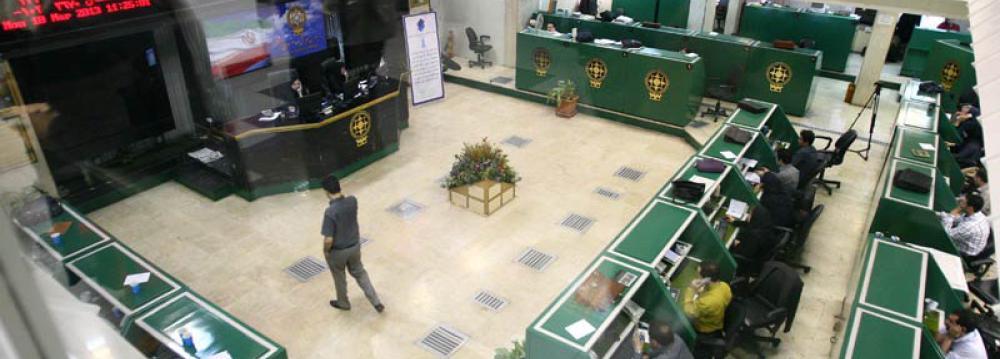Tehran Stock Exchange experienced low volatility in share prices during the first trading week of November.
The TSE All-Share Index’s volatility has declined by 20% in November compared to the previous month, which caused the index to record a very minor weekly change.
TEDPIX ended the week at 62,927, which is barely 0.01% higher than last week’s closing measure, global online currency trading portal FXstreet reported in its latest edition of Iran Weekly Market Report.
According to technical analysis, the main index of Tehran Stock Exchange continued the previous week’s range, fluctuating below the 63,000 level. The index is above its 50-day exponential moving average by almost 1%, which demonstrates the potential to start an increasing trend. The current flat moves of the index are similar to the slight negative daily changes experienced in mid-January to mid-March.
However, some analysts believe this trend can be reversed with improvements in momentum, driving the TEDPIX upwards. The index has to pass the 65,000 level to be able to start an uptrend but before that, it should break through the 63,000 level. Also, the risk of the overall index dropping to 61,500 support level is not out of question yet, as it has been stuck around the 63,000 level.
In contrast with TSE’s main index, the index of 30 largest companies by market capitalization, the TSE 30 Index, slipped by 0.2% as it closed at 2,709. It’s the third consecutive week that this index performs negatively.
Moreover, the Average Daily Trade Volume of the market declined by 23% to stand at $30.5 million, down from $40 million last week. The shares with the highest total traded value were Iran Khodro, Bank Pasargad and Iran Polyacryl Company, with their weekly trade values standing at $17.8, $14.2 and $4.5 million respectively.
The share price of Iran Khodro, the biggest car manufacturer in the Middle East, gained 6.4% to close at about 5.6 cents. However, Bank Pasargad’s share price has barely changed compared to the previous week by closing at about 3.6 cents. Iran Polydactyl Company’s shares recorded a 13% increase as they closed at about 6.3 cents.


